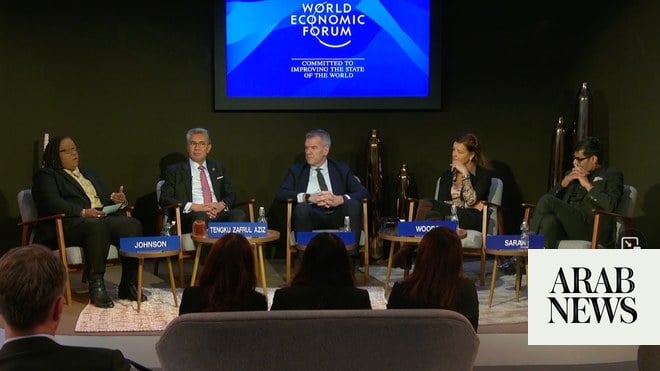
The United Arab Emirates’ late founder Sheikh Zayed Sultan Al-Nahyan once said: “No matter how many buildings, foundations, schools and hospitals we build, or how many bridges we raise, all these are material entities. The real spirit behind the progress is the human spirit, the able man with his intellect and capabilities.”
The theme of this year’s Global Aerospace Summit — “Building the future of aerospace through innovation” — is worthy of the vision originally set out by Sheikh Zayed. His focus on the future continues even with today’s leadership as they drive progress in the UAE and throughout the region.
At Lockheed Martin, we share this belief — that human ingenuity can spur growth and progress that financial investment alone cannot match. It is a lesson we have learned through the many public-private partnerships we’ve built in the Emirates and around the world. These partnerships have led to transformative relationships and groundbreaking collaboration.
Through our experience, we’ve identified three keys for building strong public-private partnerships.
First is the importance of partners having a shared vision for global security, which serves as a foundation for economic opportunity, growth, and progress.
When partners are united by this core objective, it strengthens common ideals, leads to open dialogue, and encourages cooperative efforts.
National security must be in place for there to be confidence. When a nation is safe and secure, it empowers efficient and well-capitalized markets to develop so that entrepreneurs and innovators can take risks that advance technology and grow the economy.
The UAE understands the fundamental importance of a strong and effective national defense in a region and in a world with rapidly emerging and rapidly evolving threats.
A shared vision for security also helps allied nations move forward together economically by strengthening dialogue, providing incentives for international investment, and expanding trade and collaboration.
Second, public-private partnerships must focus on driving innovation.
In today’s world, nations face unprecedented and asymmetric threats that put at risk not only the safety of citizens, but also global stability itself, making the fielding of innovative technologies more critical than ever.
Innovation is not just a key element of security, it is the driver of economic growth and competitiveness. Innovation gives peaceful nations, regardless of their size, the decisive advantage.
When innovation is the focus of public-private partnerships, it helps to ensure that government-industry efforts will lead to long-term employment gains, sustainable national capacity, and global competitiveness.
Finally, the long-term goal of any successful public-private partnership is to build up the talent and capabilities of a nation.
The most powerful and far-reaching changes come over time, especially in advanced technology industries such as defense and aerospace.
To shape a brighter future, public-private partnerships should target every link in a national economy to encourage education, opportunity, and innovation. This means they should promote science, technology, engineering and math — or STEM — in early education. They should also invest in university partnerships that help those students to apply their skills and ingenuity. And they should provide internships and research opportunities to help workers to keep pace with the skills necessary to compete in the 21st-century workplaces, factories and economy.
Ultimately it is partnerships with purpose — partnerships that value national security, prioritize innovation and keep a sharp focus on long-term development and growth — that will drive economic stability, national capacity and individual opportunity in the UAE for decades.
Marillyn A. Hewson is the chairman, president and chief executive officer of Lockheed Martin












